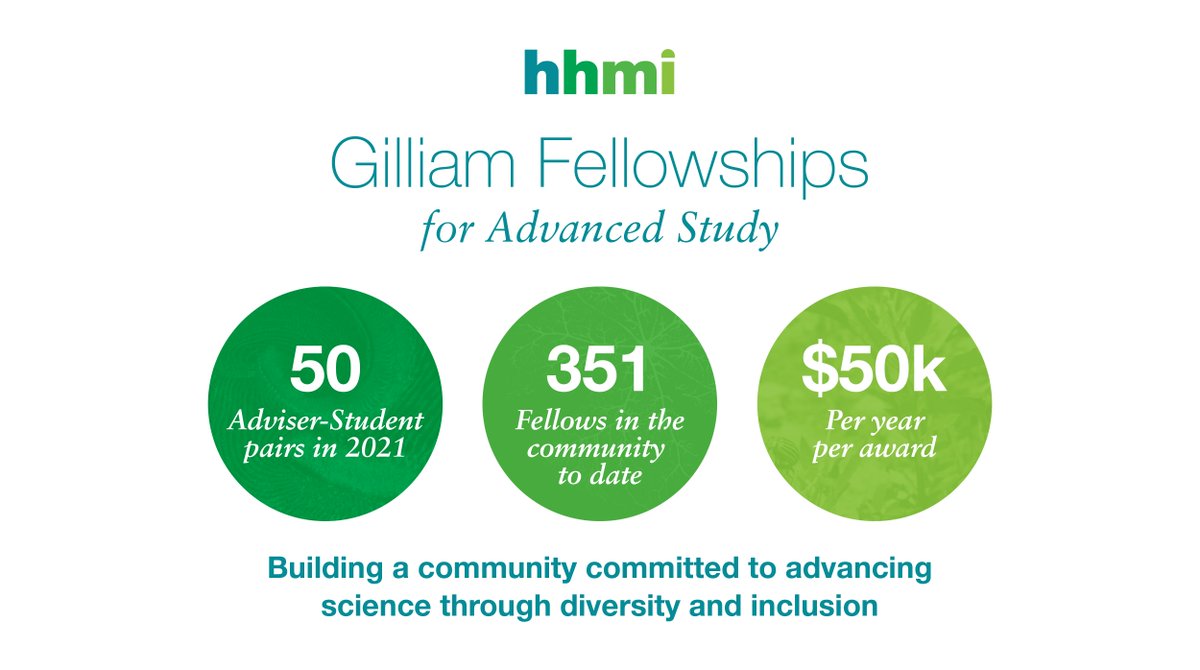
Sofia Moraes
@sofianmoraes
Followers
364
Following
204
Media
9
Statuses
59
Postdoctoral Fellow / Former HHMI Gilliam Fellow / Molecular biology, microbiology & protein evolution/ Not Sophia 🇧🇷 🏳️🌈
New York - NY
Joined July 2021
Best first tweet ever!!! I'm beyond honored to join the @HHMINEWS #GilliamFellows community. From Brazil to the Midwest - it's been a journey! 🥶 .I'm so excited to learn from this amazing group of people and work together to continue pushing science forward! So proud of us!💚.
Today HHMI announces our largest group of new #GilliamFellows as part of our commitment to advance diversity and inclusion in science. Learn more and meet the Fellows:
8
6
88
RT @RockLabTB: Ever wonder why drug-resistant Mycobacterium tuberculosis is less fit than drug-susceptible Mtb? And how the bacterium can e….
0
24
0
The last paper from my phd is now published in @JMolBiol! Working together with Arad Moghadasi, we developed a live cell assay for quantifying viral and cellular deubiquitinase activity
2
2
18
RT @jdhallphd: What a time we had. First in-person gathering for most of them, and me. I love my job @ HHMI, but miss regular facetime with….
0
24
0
RT @ScienceYael: 2 days, 32 talks heard, 1 digital (!) poster presented, many friends made. So happy to attend my first @HHMINEWS science m….
0
6
0
Huge thanks to the @HarrisLabUTHSA team, @JordanBeckerPhD, Arad, Nadine, @Ashley_Auerbach, and @AdamZCheng for all the help throughout the last couple years, so happy to finish 2022 seeing this all come together 💚.
1
0
6
A year before I started my PhD, @AdamZCheng + team discovered that some large dsDNA herpesviruses like EBV and KSHV are susceptible to APOBEC3B (A3B) restriction and have evolved an unexpected strategy to protect their genomes by repurposing their ribonucleotide reductases (RNRs).
1
0
1
My 1st first-author manuscript is out in @eLife! This project started back in 2019 with the question “what makes a viral protein evolve a new function?” A thread:.
elifesciences.org
The birth of the antiviral gene APOBEC3B in ancient primates is linked to the evolution of a potent counterdefense by herpesviruses, a host-pathogen interaction maintained to present day.
4
27
141
RT @ShanleyRoach: Langlois Lab and company had a blast at Wisc-e-sota 2022 🤓 . @LangloisLab @TristanTNeal @AFranOfScience @JordanBeckerPhD….
0
2
0













